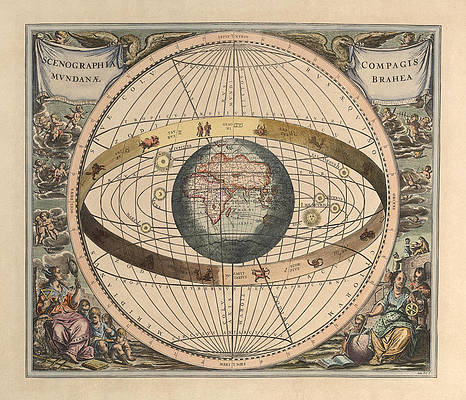
The Timaeus is a very confusing and rather esoteric. The dialoug focuses on the existance of a single God, the creation of the universe, the existance and actions of God's "helpers" (best to be understood as angels and demons), the temperment of the soul, the four base elements along with their geometrical shapes, and a bizare section on the purposes of the bodily organs. The way Plato describes the creation of the universe is very different from how creation was described in polythestic cultures that surrounded him. In which the universe is not the product of some form of reporduction, but rather through the action of a single divine beinging in the efforts to, almost artisitcally, represent their self.Although the God Plato descirbes, called the Demiruge, created the universe he does not have much interest in maintaining it and instead created a legion of spirits to go down into the Earth and aid in the virtuistic development of man kind. This is of course very similar to the Abrahamic religions that Plato must have contact with on his trip to Eygpt. This dialoug actually takes place in Egypt! However, unlike these Abrahamic tradition, Plato describes a very different afterlife. Instead of going either to heaven or hell, deping on how virtuest you are, you will be reincarnated over and over again until you reach the highest levels of virute, in which case you will be transformed into a star upon your death. Plato gives an excellent analogy between the orbit of planets and the soul. Wherein the soul, like perfect orbit of the planets, must rid itself of anxiety and other negative emotions so that it can be in harmony. Plato also describes the four base elements (water, fire, air and earth) as having separte geometrical shapes, akin to sacred geometry. Many believe this dialoug has secret occult knowedlge hidden behind the text.